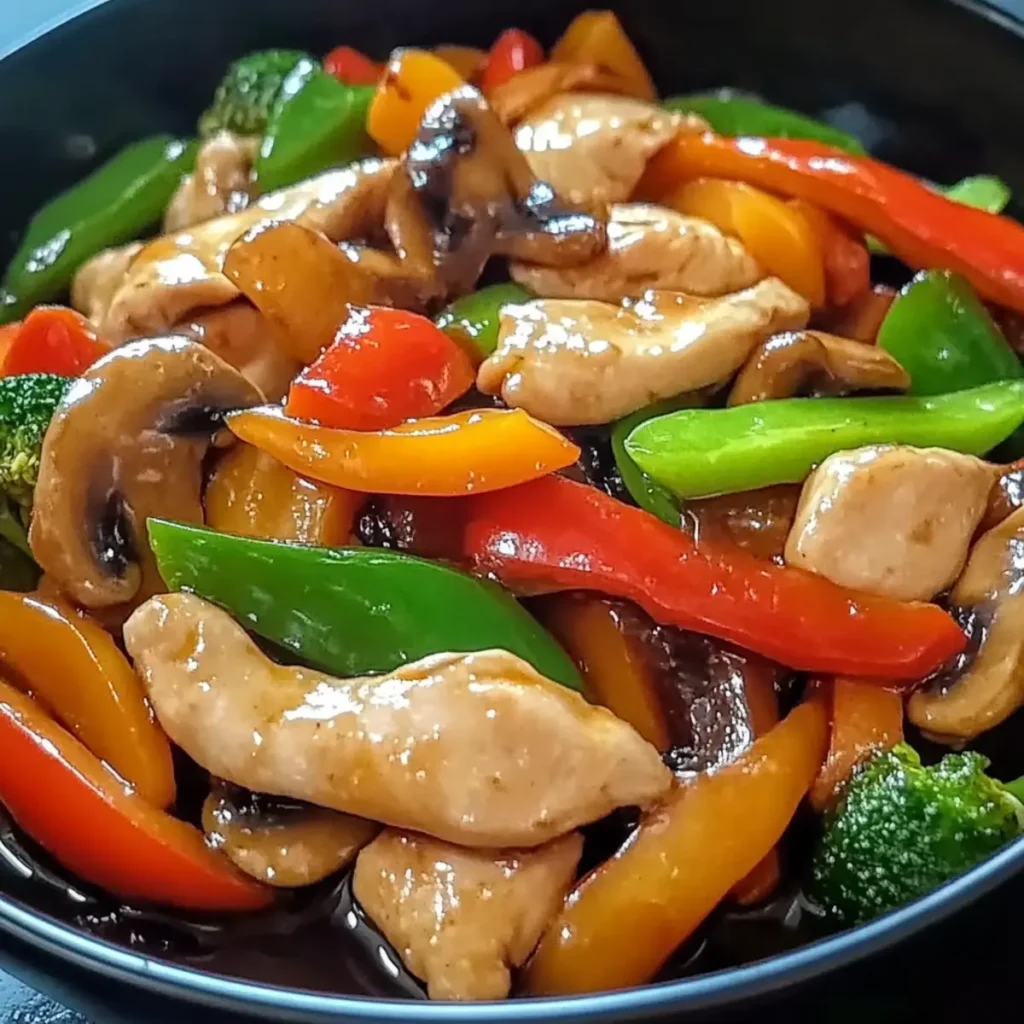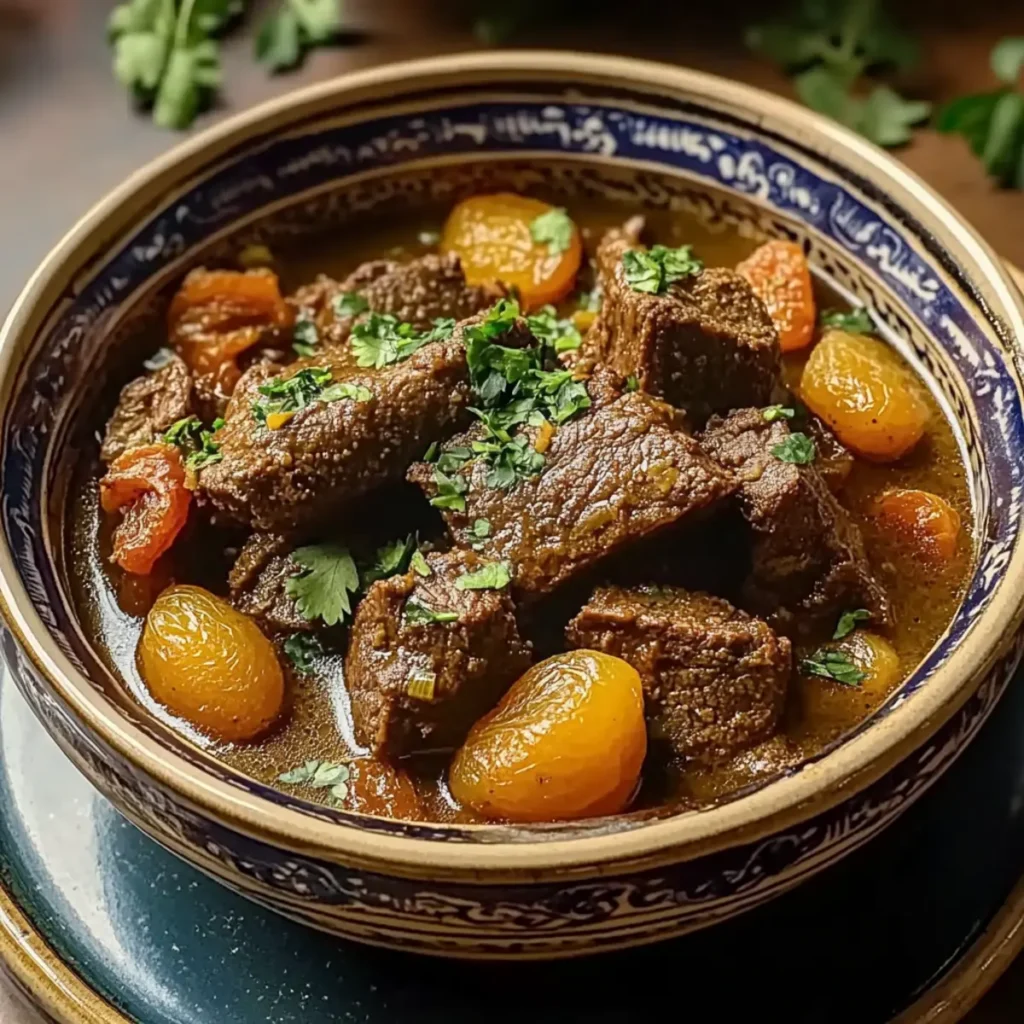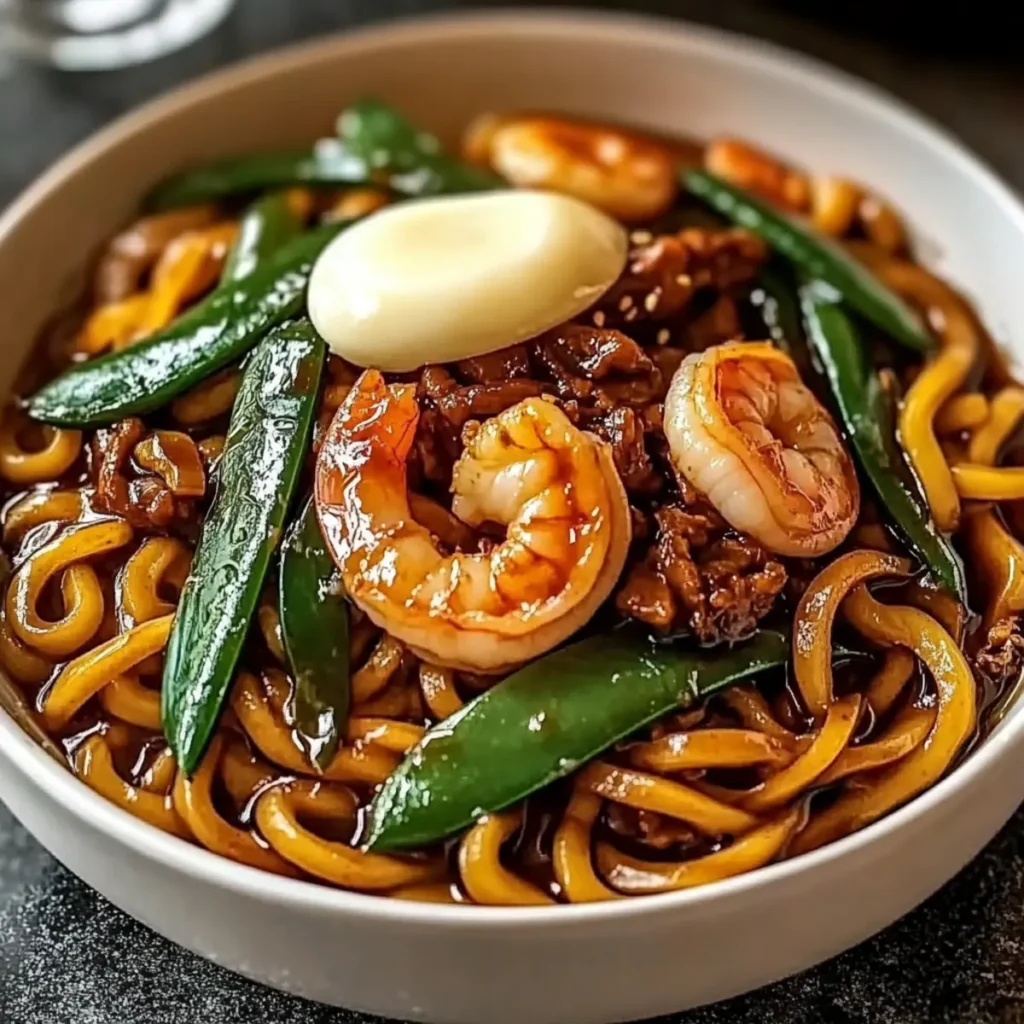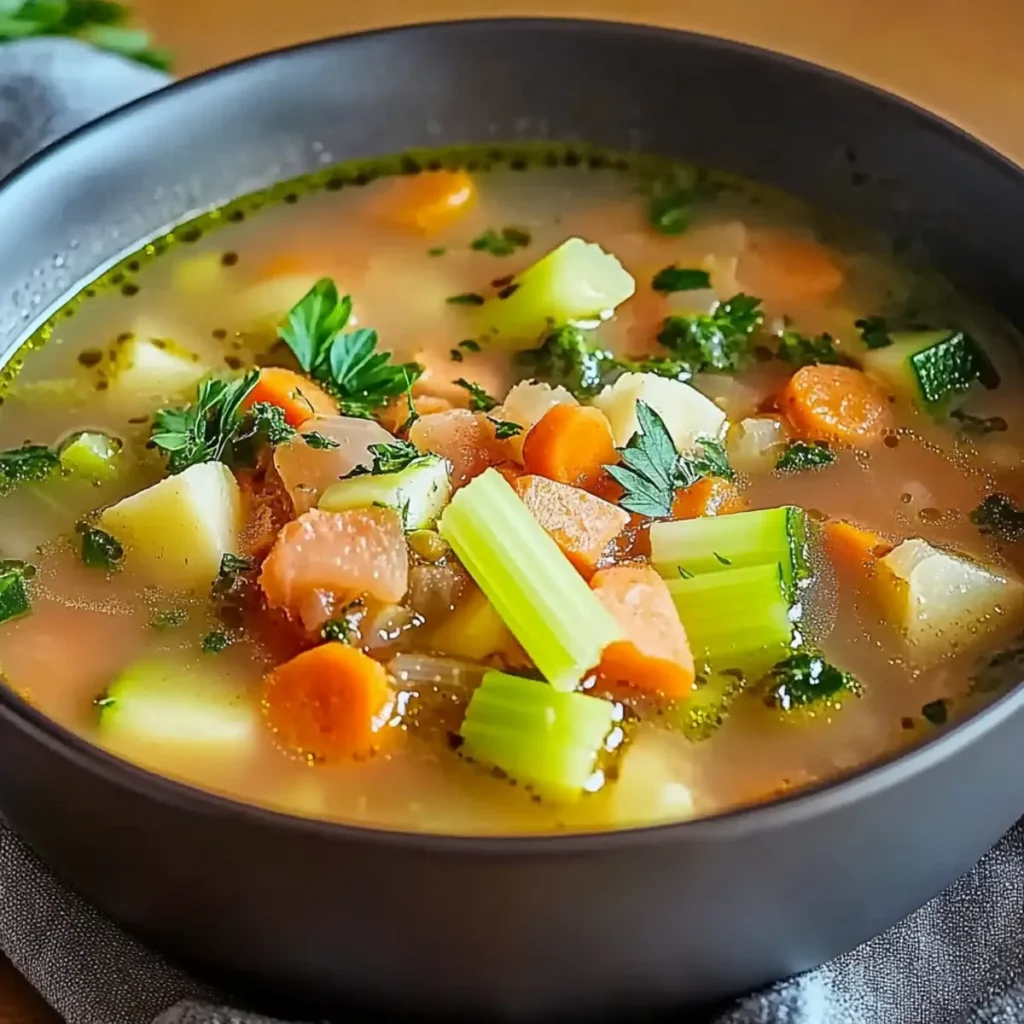Gumbo is more than just a meal—it’s a symbol of Southern tradition, culture, and comfort. This rich, slow-cooked stew is deeply rooted in Louisiana’s culinary history, blending flavors from French, African, Spanish, and Native American influences. With a deep, flavorful roux, savory meats, fresh seafood, and aromatic spices, gumbo is the kind of dish that warms the soul and brings people together.
If you’re looking for a true taste of Louisiana, this guide will walk you through everything you need to know about making gumbo from scratch, including expert tips, common mistakes to avoid, storage recommendations, and answers to frequently asked questions.
What Makes Gumbo So Special?
1. A Dish with Deep Cultural Roots
Gumbo is Louisiana’s official state dish and has been a staple of Southern cuisine for centuries. Its origins trace back to West African, French, and Spanish cooking traditions, with ingredients and techniques evolving over time. Every family in Louisiana has their own version of gumbo, making it a dish that is both personal and historic.
2. The Art of the Roux
The roux (a mixture of fat and flour) is the foundation of any good gumbo. It’s what gives the dish its signature rich, thick consistency and deep flavor. Making the perfect roux requires patience—stirring continuously until it develops a dark, nutty color. This process can take up to 40 minutes, but the payoff is worth every second.
3. A Perfect Balance of Flavors
A well-made gumbo combines smoky andouille sausage, tender shrimp, aromatic vegetables, and bold Cajun seasoning into one pot. The layering of flavors ensures that every bite is a perfect harmony of savory, spicy, and slightly sweet notes.
4. Versatility at Its Best
One of the best things about gumbo is its flexibility. While this recipe features andouille sausage and shrimp, gumbo can also be made with:
- Chicken and sausage for a heartier, meat-forward dish
- Crab and crawfish for a seafood-heavy variation
- Duck or wild game for a rustic, authentic Louisiana twist
Ingredients – A Flavorful Fusion of Land and Sea
For the Roux:
- Unsalted butter
- All-purpose flour
For the Veggie Mix:
- Celery
- Yellow onion
- Green bell pepper
- Minced garlic
For the Gumbo:
- Beef broth
- Andouille or kielbasa sausage, sliced
- Stewed tomatoes
- Tomato sauce
- Hot sauce
- White sugar
- Cajun seasoning
- Dried thyme
- Gumbo filé powder
- Bay leaves
- Uncooked shrimp, peeled and deveined
- Worcestershire sauce
- Cooked white rice (for serving)
Directions – Crafting the Perfect Gumbo
1. Make the Roux
- Melt butter in a large pot and whisk in flour.
- Stir continuously for 30-40 minutes until the mixture turns a deep brown color.
2. Prepare the Veggies
- Blend chopped celery, onion, bell pepper, and garlic in a food processor.
- Add the mixture to the roux and cook until tender.
3. Build the Base
- Gradually whisk in broth, then bring to a boil.
- Reduce heat and add sausage, tomatoes, tomato sauce, hot sauce, sugar, Cajun seasoning, thyme, and bay leaves.
- Simmer uncovered for 45 minutes.
4. Add the Final Ingredients
- Stir in gumbo filé powder and simmer for another 15 minutes.
- Remove bay leaves, then add shrimp and Worcestershire sauce.
- Cook for 45-60 minutes to allow flavors to meld.
5. Serve and Enjoy
- Stir in additional gumbo filé powder and serve hot over cooked white rice.
Nutritional Breakdown – A Bowl Full of Comfort
Per serving (approximate values):
- Calories: 282 kcal
- Protein: 22g
- Carbohydrates: 10g
- Fat: 16g
- Saturated Fat: 6g
- Sodium: 840mg

Common Mistakes to Avoid When Making Gumbo
1. Rushing the Roux
A proper roux takes time—at least 30-40 minutes of constant stirring. If you try to speed up the process by increasing the heat, you risk burning the roux, which will make the gumbo taste bitter. If this happens, you’ll need to start over from scratch.
2. Not Letting It Simmer Long Enough
Gumbo is not a dish you can rush. The longer it simmers, the better the flavors develop. A minimum of 2-3 hours is ideal for deep, complex flavors.
3. Overcooking the Seafood
Shrimp and other seafood cook quickly, so they should be added toward the end of cooking. Otherwise, they can become rubbery and tough instead of tender and juicy.
4. Forgetting the Filé Powder
Gumbo filé (ground sassafras leaves) is a traditional thickening agent that also adds a unique earthy flavor. Some people prefer to add it at the end of cooking, while others sprinkle it on individual servings. If you don’t have filé powder, you can substitute okra or a small amount of cornstarch.
5. Using the Wrong Sausage
Andouille sausage is the gold standard for gumbo because of its smoky, slightly spicy flavor. If you can’t find it, kielbasa or another smoked sausage will work, but the taste won’t be as authentic.
How to Store and Reheat Gumbo
1. Refrigeration
Gumbo actually tastes even better the next day, as the flavors continue to meld. Store leftovers in an airtight container in the refrigerator for up to 3 days.
2. Freezing
- Gumbo freezes well without the rice.
- Store in freezer-safe containers for up to 3 months.
- Leave some room at the top of the container for expansion.
3. Reheating
- Stovetop: Reheat over medium-low heat, stirring occasionally. Add a little extra broth or water if needed.
- Microwave: Heat in 30-second intervals, stirring in between, to prevent uneven heating.
Frequently Asked Questions (FAQs)
1. What’s the Difference Between Gumbo and Jambalaya?
While gumbo and jambalaya share many of the same ingredients, the biggest difference is the rice.
- Gumbo is a thick, soupy stew that is served over rice.
- Jambalaya is more like a rice dish, where the rice is cooked directly in the pot with the other ingredients.
2. Can I Make Gumbo Without Seafood?
Absolutely! Many versions of gumbo use only chicken and sausage, making it a great option for those who don’t eat seafood.
3. What Can I Use If I Don’t Have Filé Powder?
If you can’t find gumbo filé powder, you can use:
- Okra (traditionally used in Creole gumbo)
- Cornstarch slurry (mixed with a little water) for thickening
4. How Can I Make My Gumbo Spicier?
If you like extra heat, try adding:
- More Cajun seasoning
- A few dashes of hot sauce
- Chopped jalapeños or cayenne pepper
5. Can I Use a Slow Cooker to Make Gumbo?
Yes! While traditional gumbo is made on the stovetop, you can adapt it for a slow cooker:
- Prepare the roux and veggie mix on the stovetop.
- Transfer everything to the slow cooker along with the broth and seasonings.
- Cook on low for 6-8 hours.
- Add shrimp and Worcestershire sauce during the last 30 minutes.
6. What Side Dishes Go Well with Gumbo?
Gumbo is hearty on its own, but you can serve it with:
- White rice (a must!)
- Cornbread for a slightly sweet contrast
- Coleslaw for a refreshing crunch
- Hush puppies (fried cornmeal balls) for a Southern-style meal
Conclusion: A Taste of Louisiana in Every Bite
Gumbo isn’t just a dish—it’s an experience. From the slow-cooked roux to the flavorful mix of sausage, shrimp, and spices, every step of the process contributes to a bowl full of rich, comforting goodness. Whether you’re making it for a special occasion, a cold winter evening, or just because you crave authentic Southern flavors, gumbo is always a crowd-pleaser.
The beauty of this dish lies in its flexibility and personal touch—no two gumbos are exactly alike. Whether you stick to tradition or add your own spin, this soul-warming stew is sure to become a favorite in your home. So gather your ingredients, take your time with the roux, and enjoy a true Louisiana classic—served with a generous scoop of rice and a side of cornbread!
Print
Authentic Louisiana Gumbo: A Hearty Southern Classic
- Total Time: 1 hour 30 minutes
- Yield: 6-8 servings
Description
Gumbo is a rich, slow-simmered stew that embodies the heart and soul of Louisiana cooking. This classic dish is built on a deep, flavorful roux, smoky andouille sausage, tender shrimp, and a blend of Cajun seasonings. Serve it over fluffy white rice, and you’ve got a dish that’s both comforting and packed with bold flavors.
Ingredients
For the Roux:
- 1/2 cup (1 stick) unsalted butter
- 1/2 cup all-purpose flour
For the Gumbo Base:
- 1 small onion, finely chopped
- 1 green bell pepper, finely chopped
- 2 celery stalks, finely chopped
- 3 cloves garlic, minced
- 6 cups chicken or seafood broth
- 1 (14.5 oz) can diced tomatoes (optional)
- 1/2 lb andouille sausage, sliced
- 1 bay leaf
- 1 tsp dried thyme
- 1 tbsp Cajun seasoning
- 1/2 tsp smoked paprika
- 1/4 tsp cayenne pepper (optional, for extra heat)
- 2 tsp Worcestershire sauce
- 1 tsp gumbo filé powder (plus more for serving)
For the Protein:
- 1 lb raw shrimp, peeled and deveined
- 2 cups cooked shredded chicken (or more sausage)
- 1 cup okra, sliced (optional, for thickening)
For Serving:
- 3 cups cooked white rice
- Fresh chopped parsley (for garnish)
- Green onions, sliced (for garnish)
- Hot sauce (for extra spice)
Instructions
1. Make the Roux (The Key to Great Gumbo!)
- In a large heavy-bottomed pot (such as a Dutch oven), melt butter over medium heat.
- Add flour and whisk constantly for 30-40 minutes, or until the roux turns a deep chocolate brown color. Be patient—this step builds incredible flavor!
- Be careful not to burn the roux—stir continuously and adjust the heat if needed.
2. Build the Gumbo Base
- Add onion, bell pepper, celery, and garlic to the roux. Cook for 5 minutes until softened.
- Slowly whisk in broth to prevent lumps, then add diced tomatoes (if using), andouille sausage, bay leaf, thyme, Cajun seasoning, smoked paprika, cayenne (if using), Worcestershire sauce, and gumbo filé powder.
- Stir well and bring to a gentle simmer. Cover and cook for 45 minutes, stirring occasionally.
3. Add Protein and Final Touches
- Stir in chicken and okra (if using) and simmer for 15 minutes.
- Add shrimp and cook for an additional 5-7 minutes, or until pink and cooked through.
- Remove bay leaf and adjust seasonings to taste.
4. Serve and Enjoy
- Ladle gumbo over steamed white rice.
- Garnish with chopped parsley, green onions, and a sprinkle of extra filé powder.
- Serve with hot sauce on the side for extra spice!
Notes
- For a thicker gumbo, use okra or add more filé powder. Filé powder should be added at the end to prevent stringy texture.
- For a deeper flavor, let gumbo simmer for 2-3 hours (but add shrimp near the end).
- For a spicier gumbo, increase the cayenne or serve with extra hot sauce.
- To make it gluten-free, substitute cornstarch for flour in the roux.
- Prep Time: 15 minutes
- Cook Time: 1 hour 15 minutes
- Category: Main Course
- Method: Stovetop
- Cuisine: Cajun, Creole






